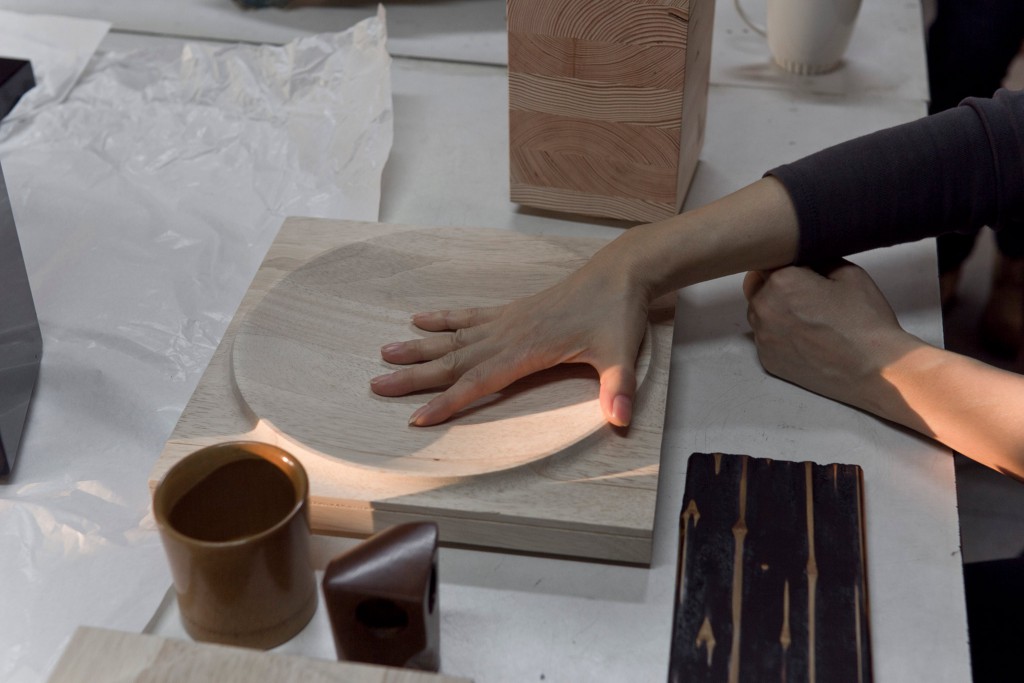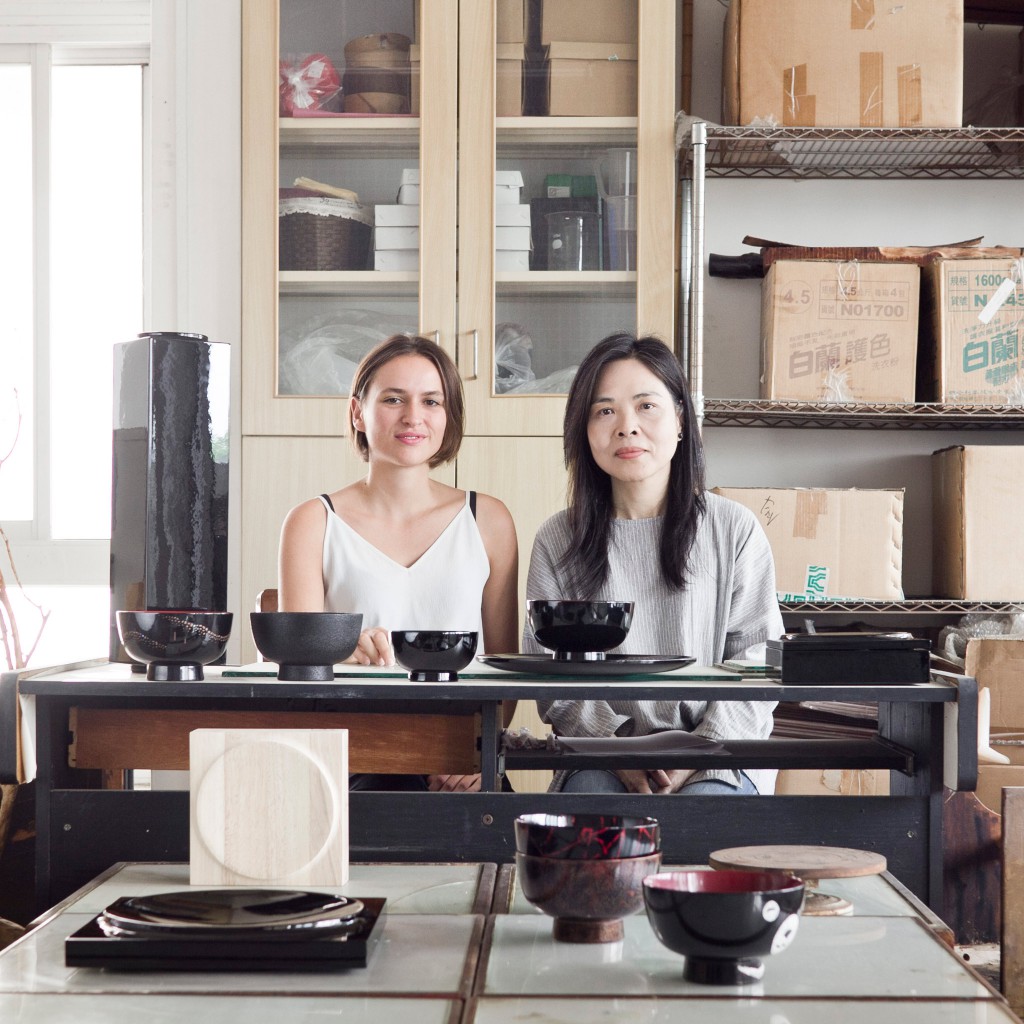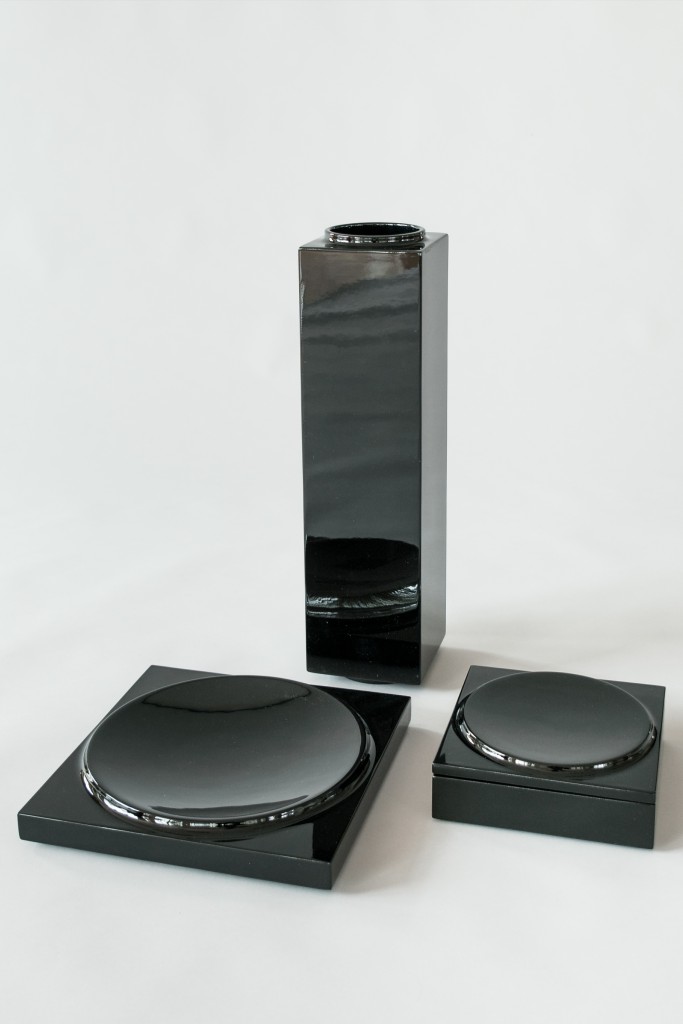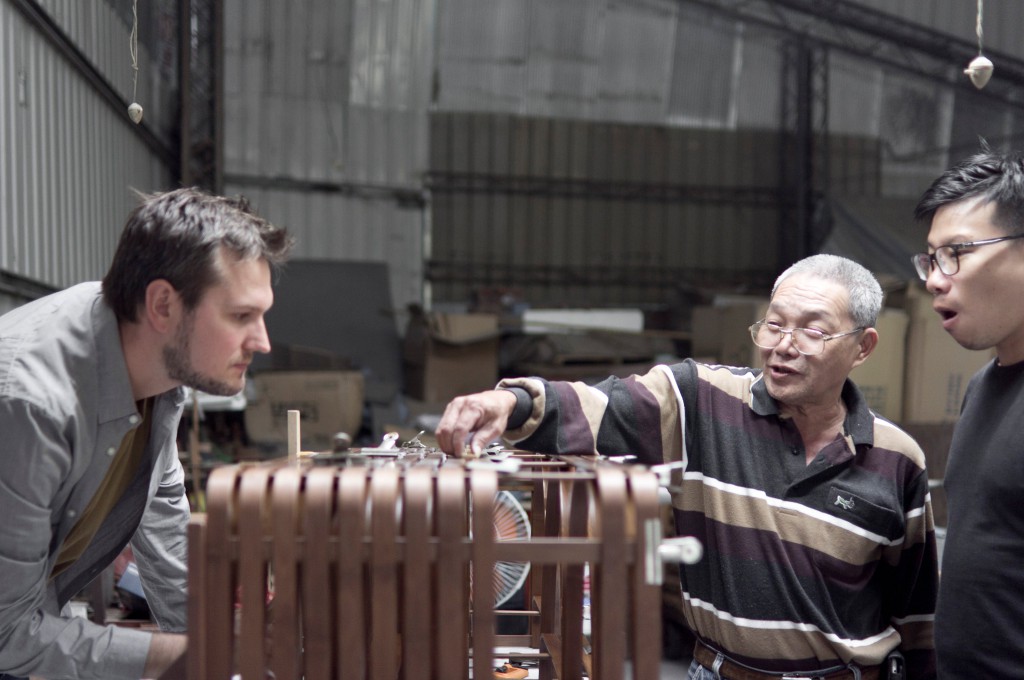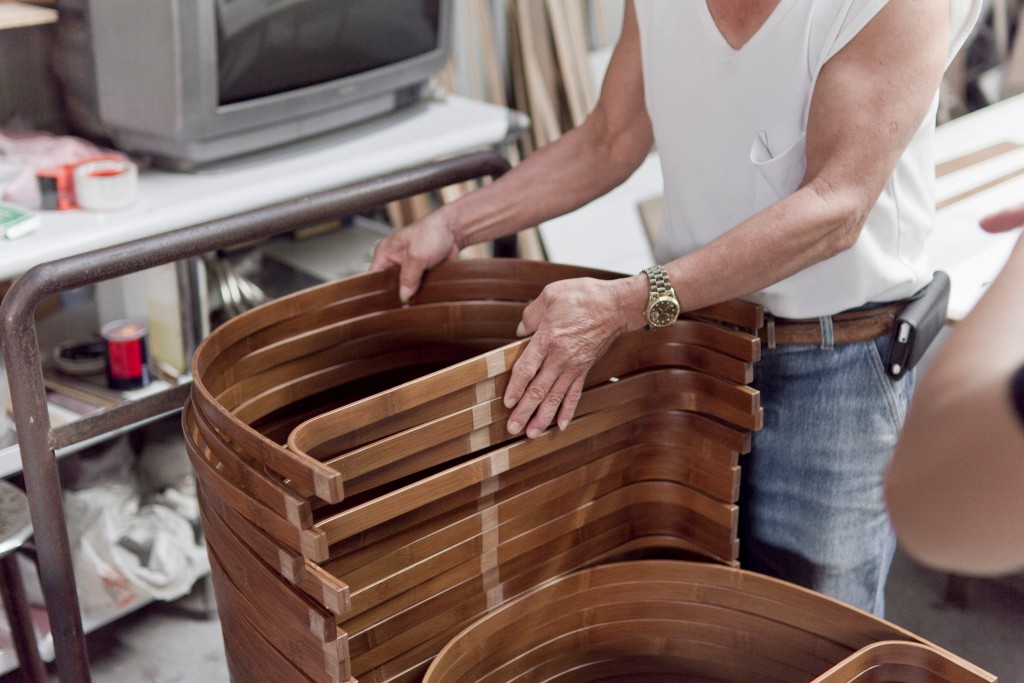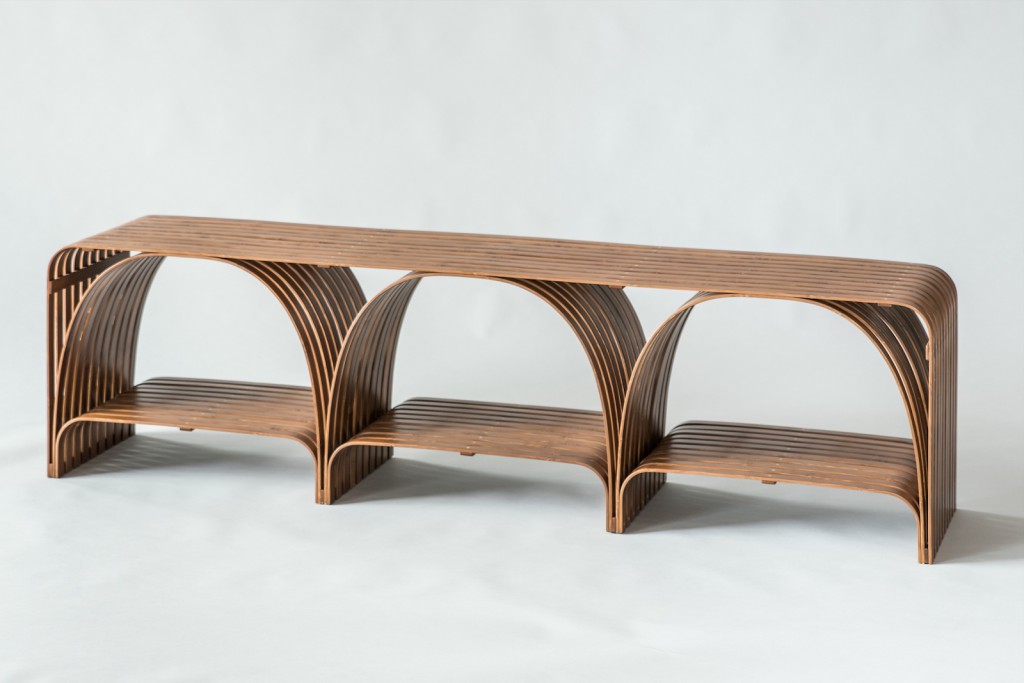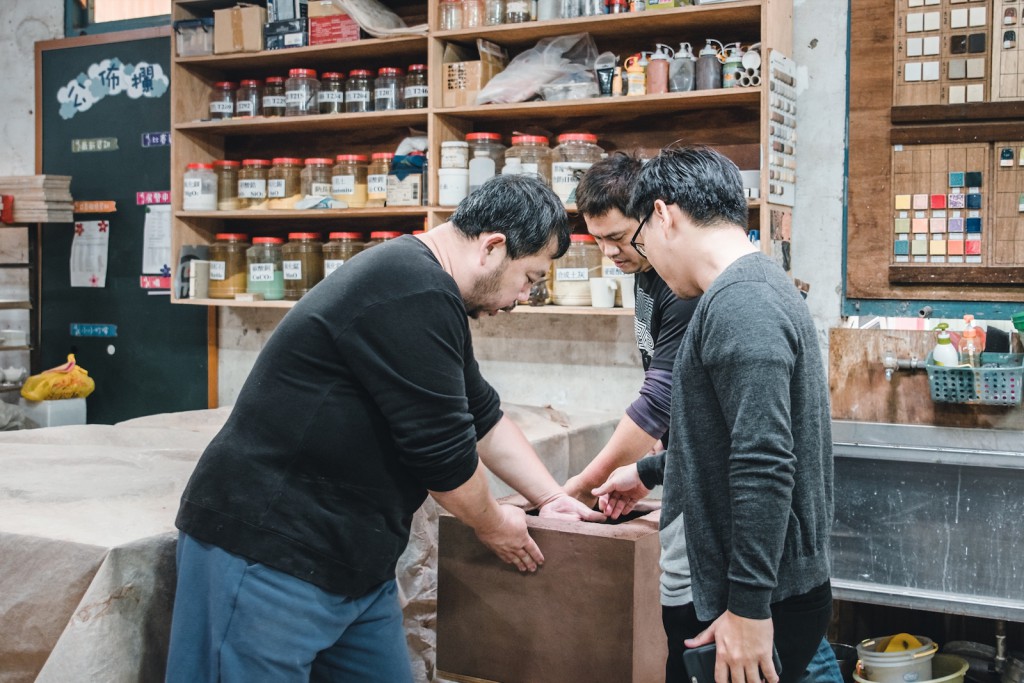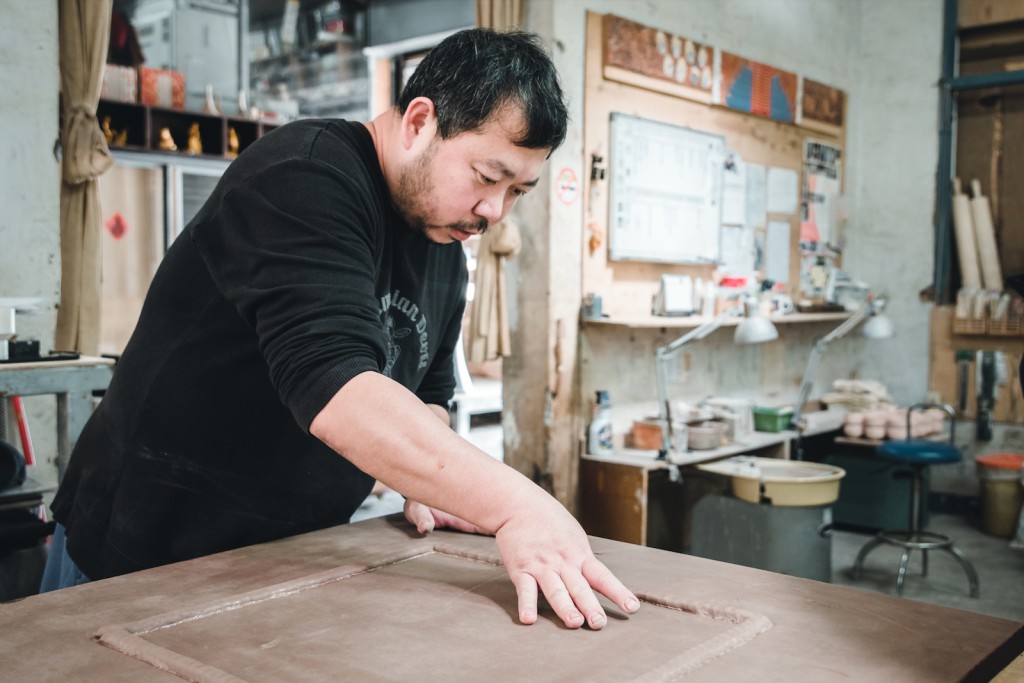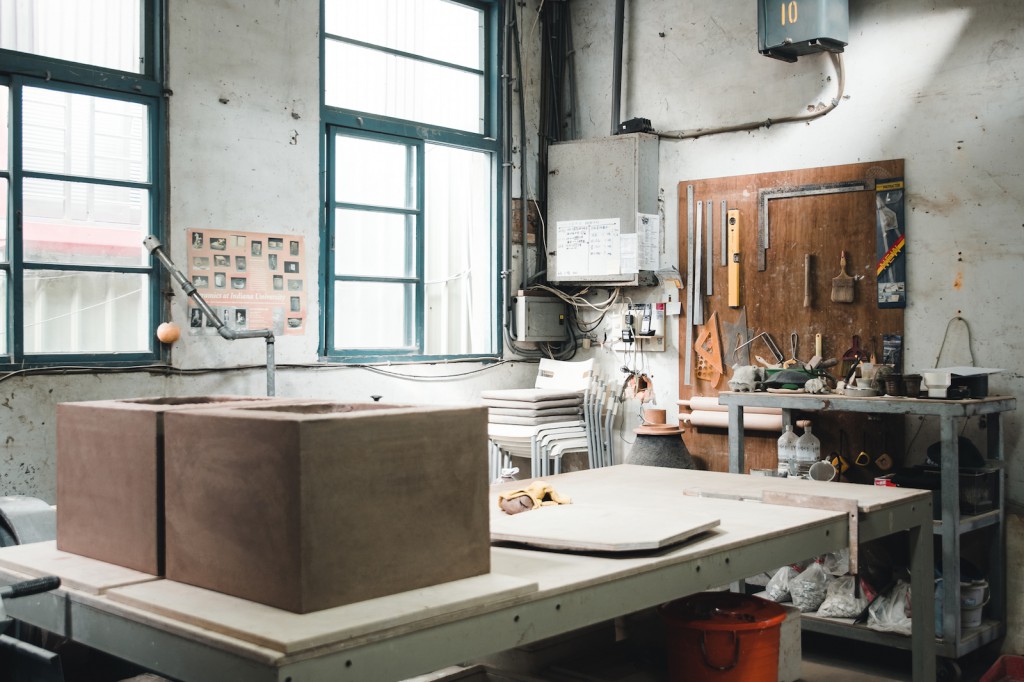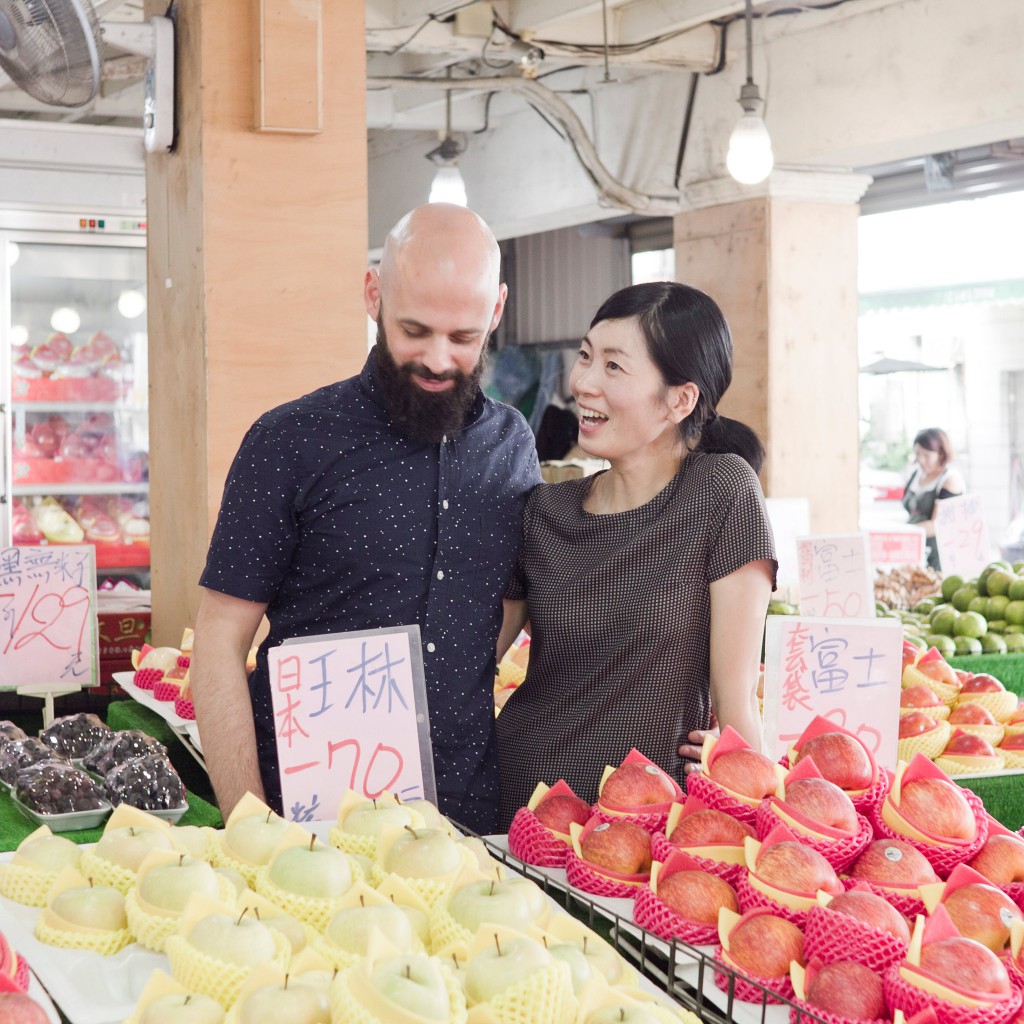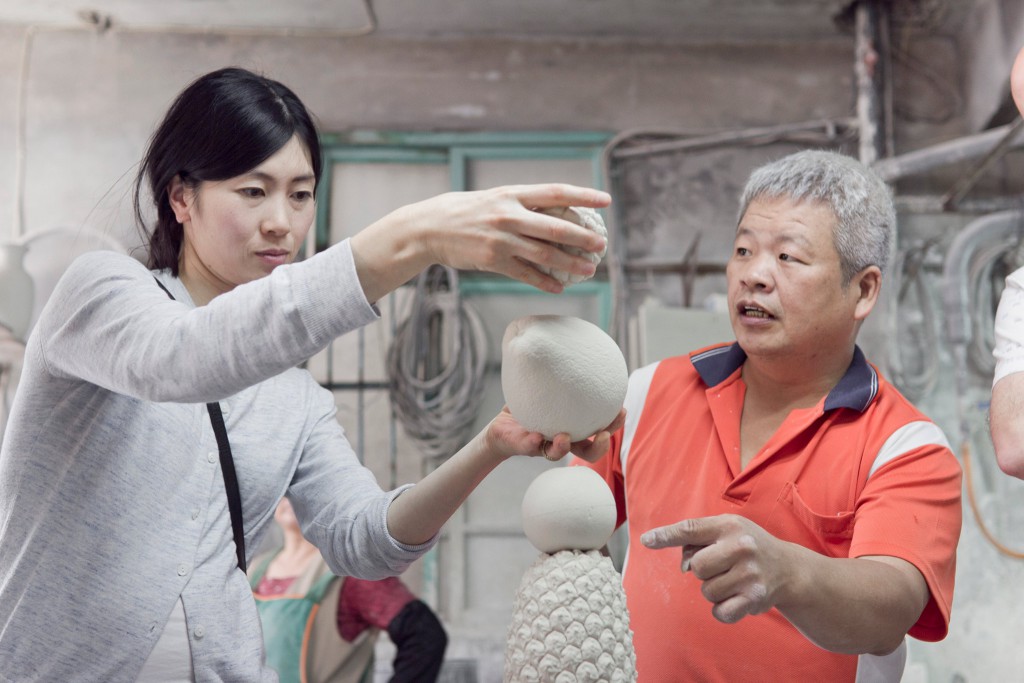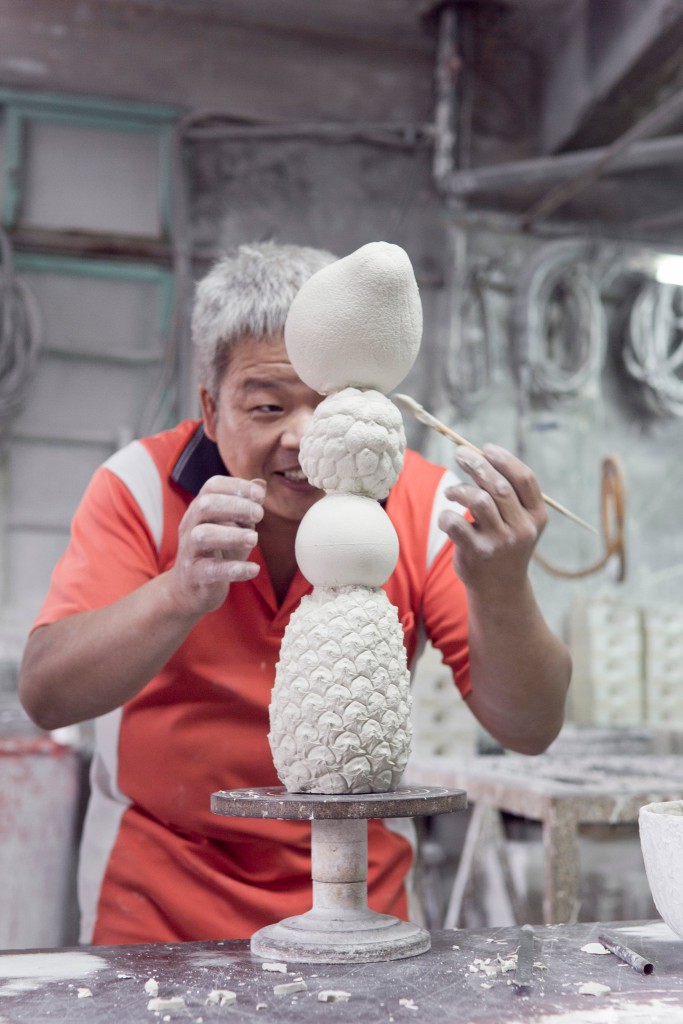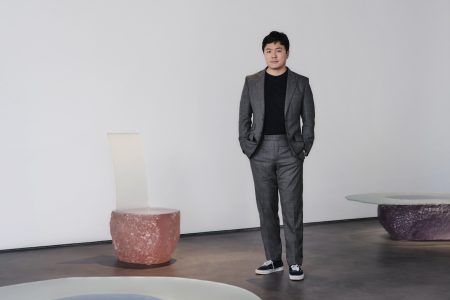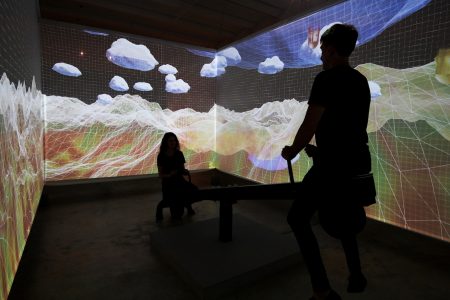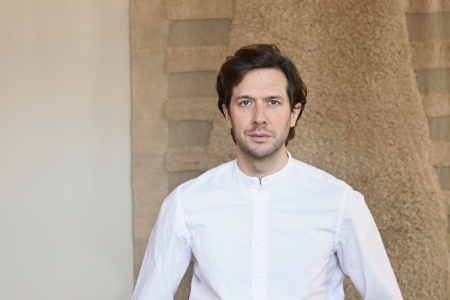Going Live Today: A New Layer II
The second phase of the Taiwan-based A New Layer project, featuring contemporary design objects and furniture made with traditional local craftsmanship, goes live today
The Taiwanese craftspeople were specialised in Koji pottery, bamboo bending, lacquerware, ceramics and indigo dying. Add seven designers from France, Germany, Israel, Japan, South Korea, Sweden and Switzerland, and a Belgium-based curator —our own editor-in-chief, Lise Coirier. The result is A New Layer II: Crafting Identities/Design Stories from Taiwan, a project led by the National Taiwan Craft Research and Development Institute (NTCRI) aimed at fostering partnerships between Taiwanese and international designers and craftspeople.
The guest designers traveled throughout the island for several weeks, visiting both the craftspeople’s workshops and a detailed list of sites of cultural and historial significance in Taiwan. “The overseas designers and Taiwanese craftspeople worked together to conceive, materialise, and finalise their design, with the craftspeople revelling in the numerous challenges, and new visions presented to them in their craft by the designers,” explained Lise Coirier.
These partnerships and the research experience resulted in a series of cutting-edge design concepts, like The New Koji (Pottery) Collection, a rethinking of classical pottery forms by Swedish-Chilean designer Anton Álvarez and Taiwan’s Zhong-Zheng Chen and Chi-Li Hsiao.
Other projects include the Indigo-Dyed Bamboo Chair, by Japan’s Jin Kuramoto and Taiwan’s Jian Cheng Lin and Wen-Chun Tang, who combined the bamboo-bending process with the indigo-dying technique. A Cong vase in the National Palace Museum inspired The Cong Collection, a lacquerware project by Julie Richoz from Switzerland/France and local Chin-Mei Huang.
The colourful steel bridges peppered around Taiwan were the inspiration behind The Bridge Bamboo Bench, by German designer Sebastian Herkner and Taiwan’s Ming-An Wu. South Korea’s Wonmin Park and local Wen-Yi Kung partnered to create The Clay Table, a joint exploration of large-scale ceramics. Japanese-Israeli BCXSY duo —that is, Sayaka Yamamoto and Boaz Cohen— worked with Jian-Fu Zhong to create The Fruit Tower, a playful combination of the surreal characteristics of the vase collection at the National Palace Museum and the everyday charm of fruit stands.
“The cross-cultural dialogue that has taken place between Taiwanese craftsmen and international designers during the course of A New Layer II has enlightened and challenged both,” said Keng-Hsiu Hsu, the director of the NTCRI. “We are really pleased to see that all the participants in the project enjoyed the process, with the designers bringing a contemporary mindset to high-quality Taiwanese craftsmanship. A New Layer II has not only pushed the boundaries of both craft and design in Taiwan, but also created tangible objects and furniture that the general public can engage with.”
Visit the project’s website, which goes live today, here.
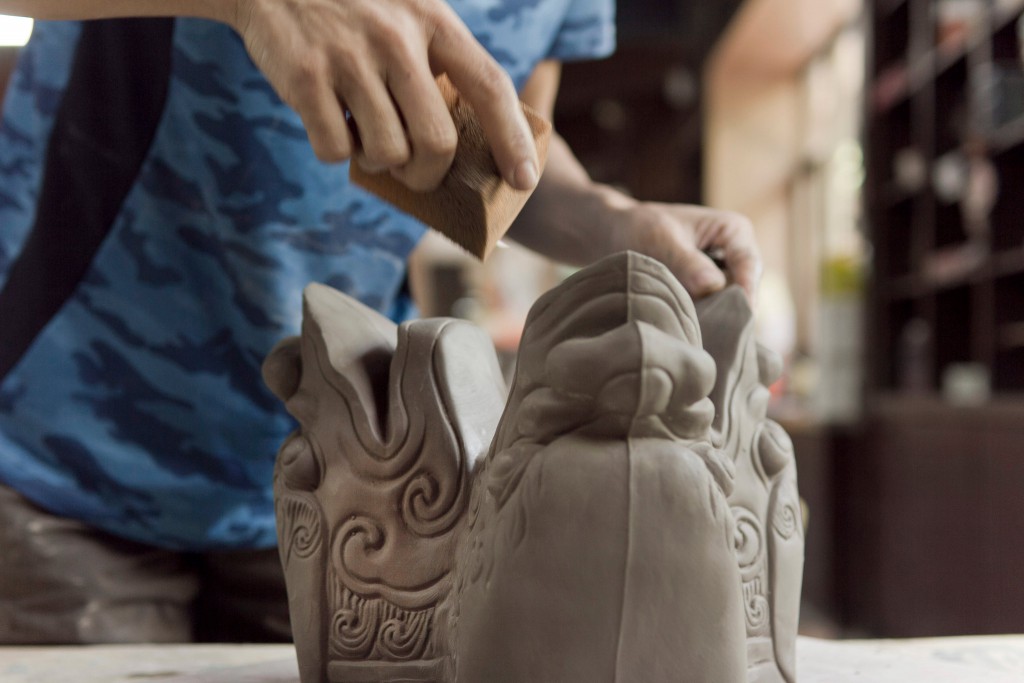
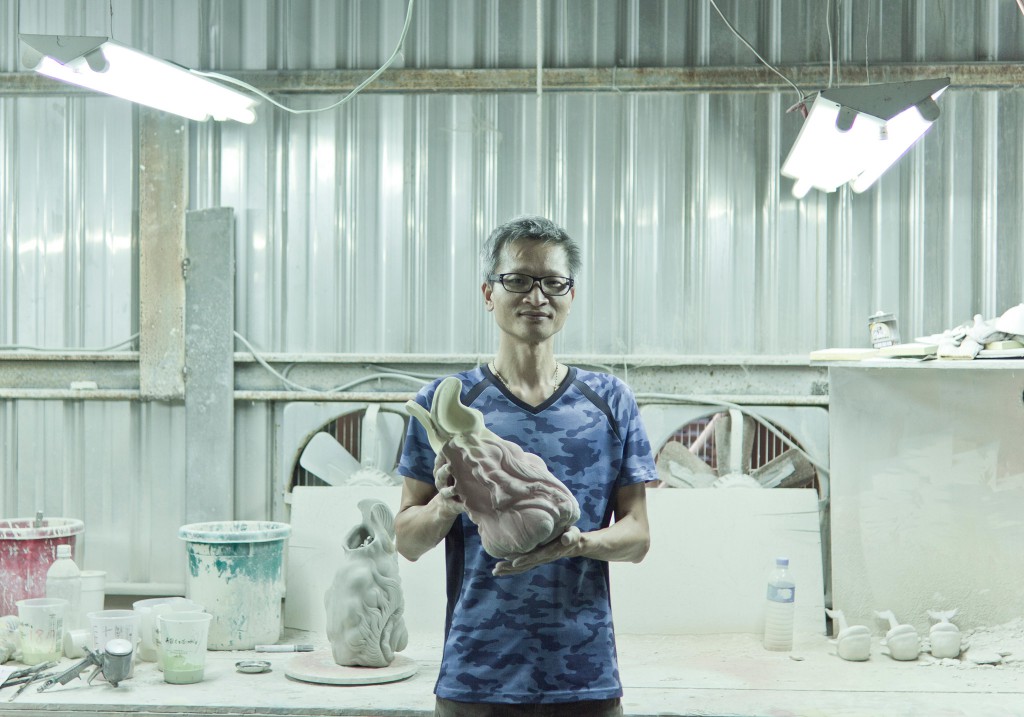
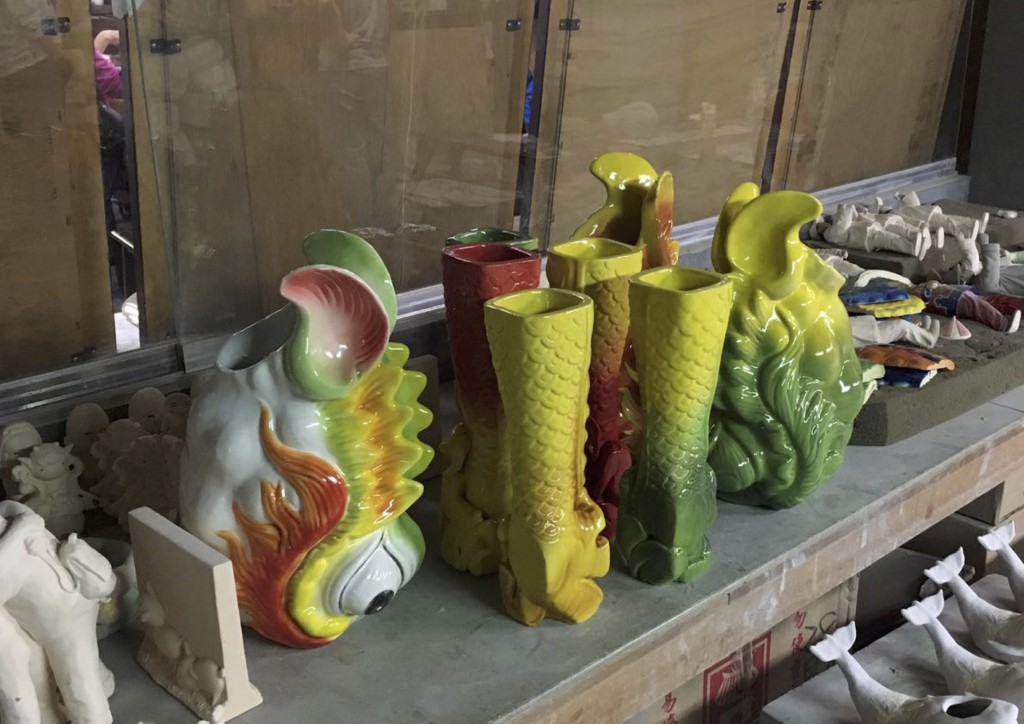
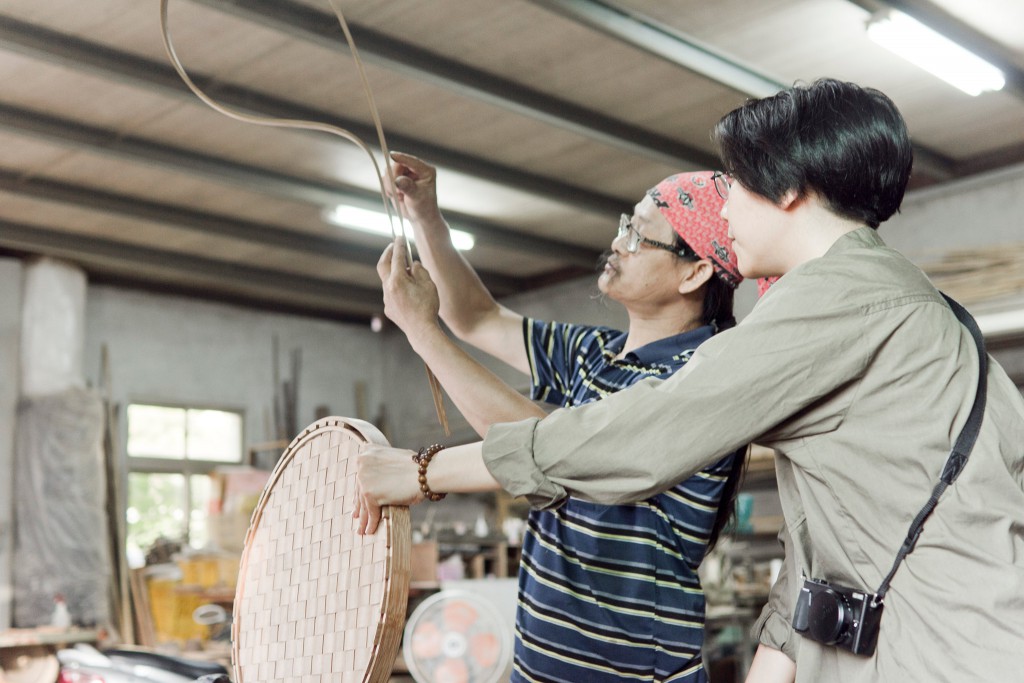
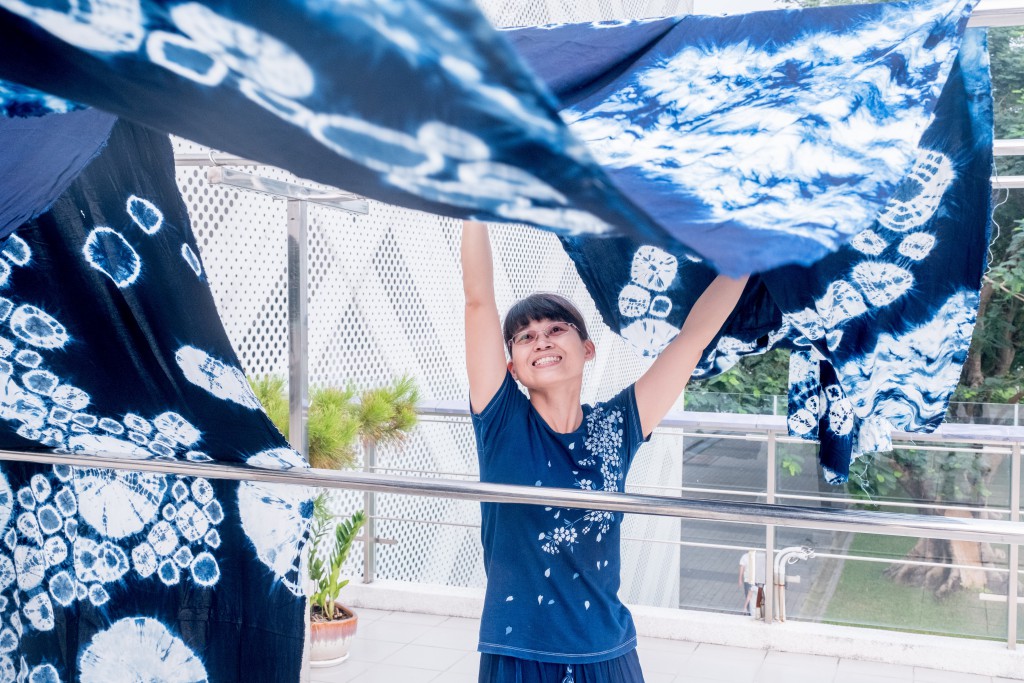
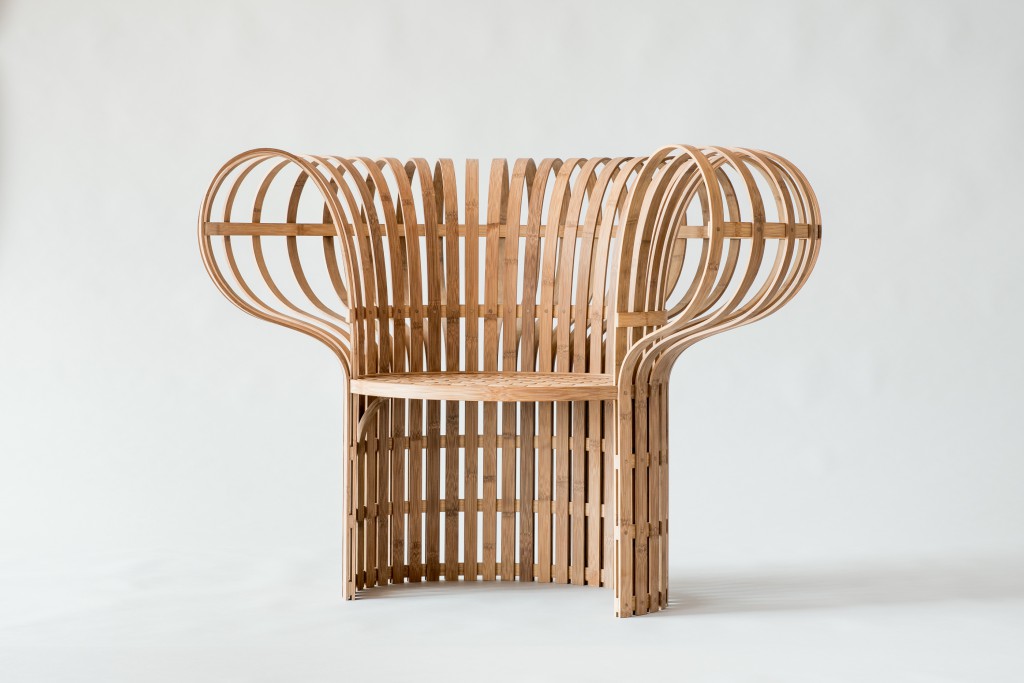
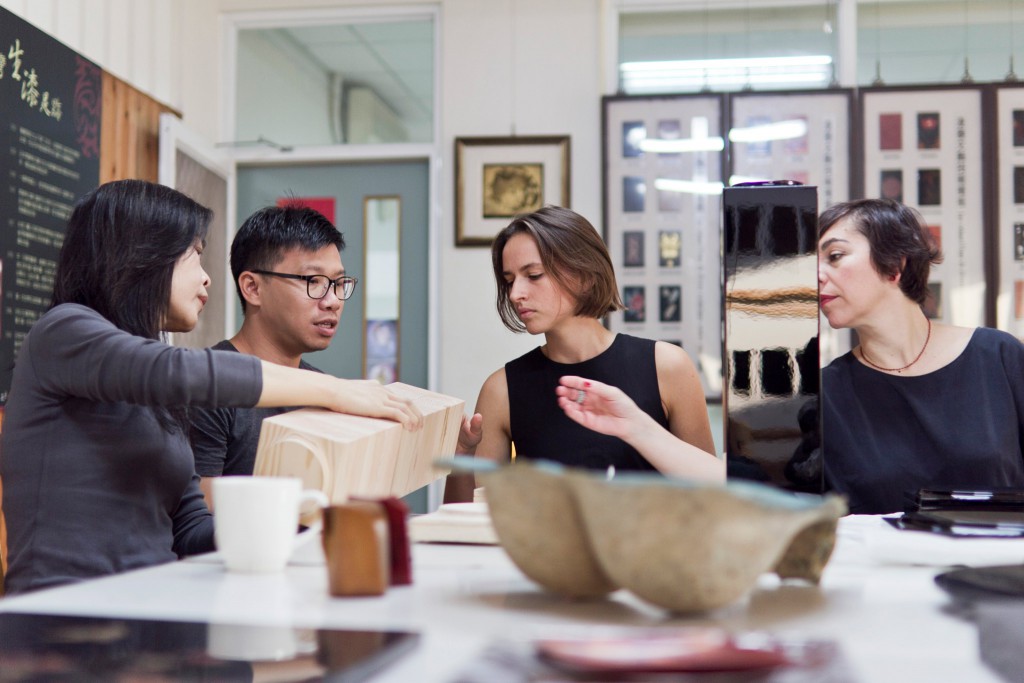
shape. She felt in it a very contemporary and timeless design, and was impressed by its aura. She decided to reinterpret the Cong vase with Chin-Mei Huang by using lacquerware.
